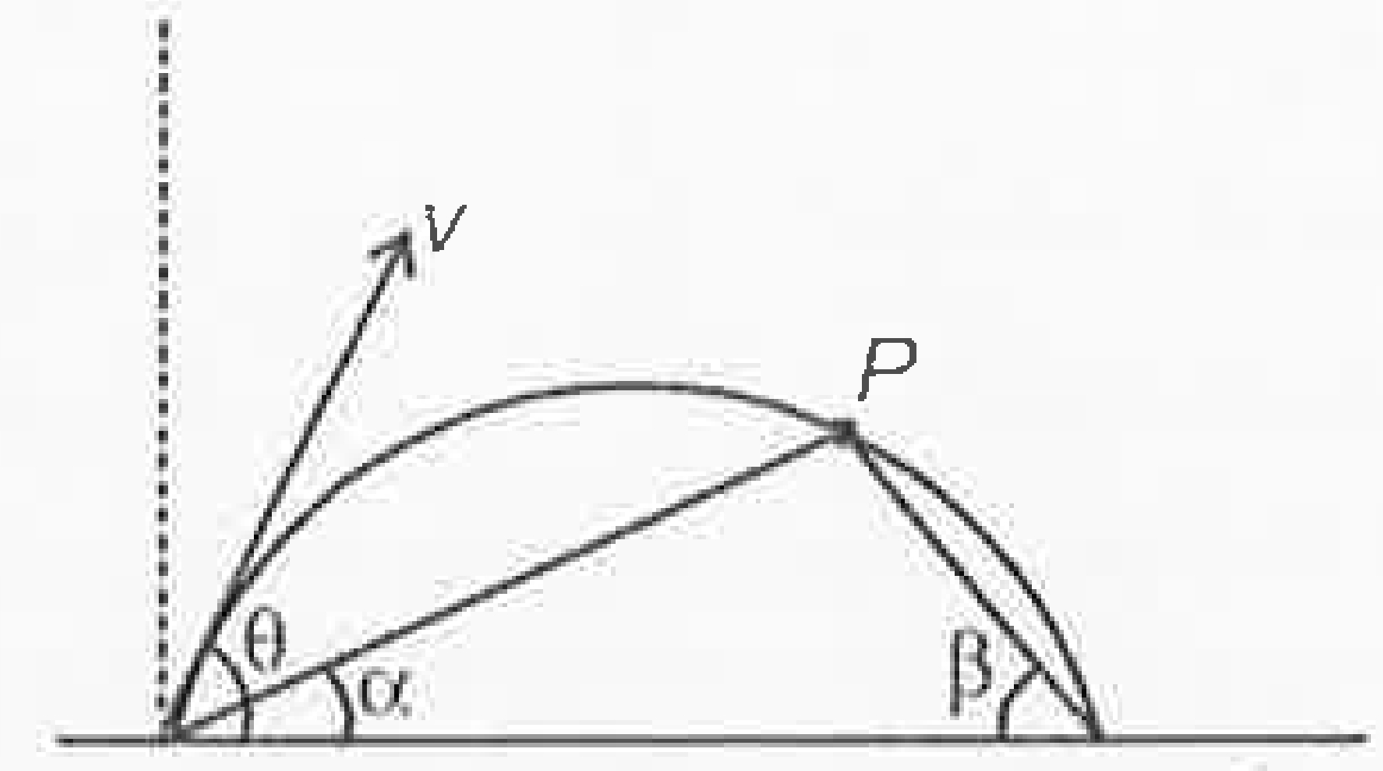Show that trajectory of a projected at angle 'θ' with horizontal is parabolic in nature.
The correct Answer is:Correct derivation
Topper's Solved these Questions
Similar Questions
Knowledge Check
If a body is projected with an angle θ to the horizontal, then
Aits velocity is always perpendicular to its acceleration thenBits velocity becomes zero at its maximum height.Cits velocity makes zero angle with the horizontal at its maximum height.Dthe body just before hitting the ground, the direction of velocity coincides with the acceleration.If a body is projected with an angle θ to the horizontal, then
Aits velocity is always perpendicular to its accelerationBits velocity becomes zero at its maximum height.Cits velocity makse zero angle with the horizontal at its maximum heightDthe body just before hitting the ground, the direction of velocity coincides with the acceleration
A point P on the trajectory of a projectile projected at angle with θ with horizontal subtrends angles α and β at the point of landing them

View SolutionDefine trajectory of a projectile and hence derive equation of motion of the projectile when projected at an angle θ with horizontal direction.
View SolutionA particle is projected up an inclines plane. Plane is inclined at an angle θ with horizontal and particle is projected at an angle α with horizontal. If particle strikes the plane horizontally prove that tanα=2tanθ
View SolutionA particle is projected up an inclines plane. Plane is inclined at an angle θ with horizontal and particle is projected at an angle α with horizontal. If particle strikes the plane horizontally prove that tanα=2tanθ
View SolutionFind the equation of trajectory, time of flight , maximum height and horizontal range of a projectile when projected at an angle θ with the vertical direction .
View SolutionA body is projected at an angle θ with the horizontal. Derive an expression for its horizontal range. Show that there are two angles θ1 and θ2 projections for the same horizontal range, such that θ1+θ2=90∘.
View Solution
